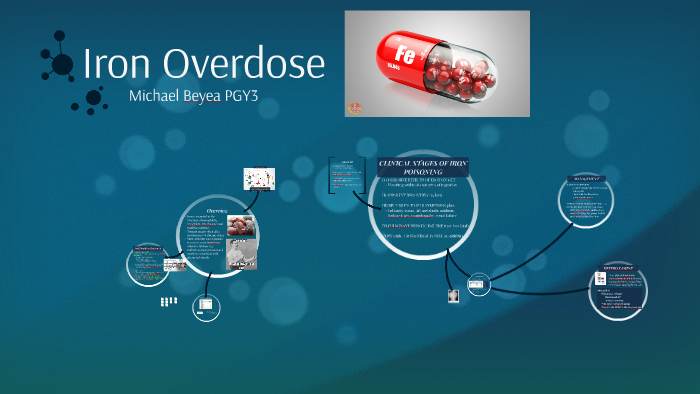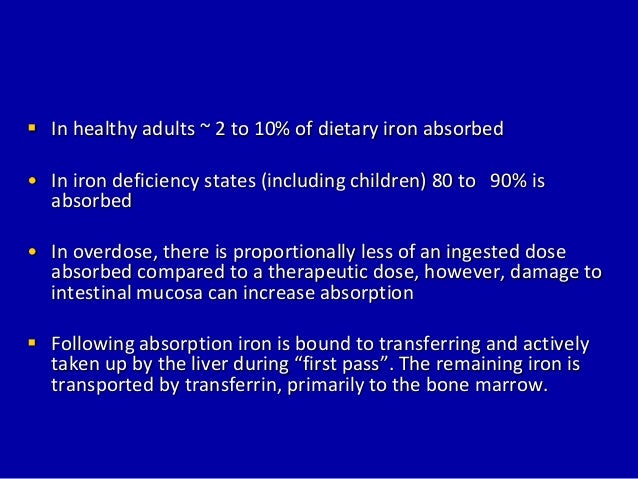

Vital signs were temperature 36.5☌ pulse 170 respirations 40 and blood pressure 85/40. The patient was discharged with the diagnosis of gastroenteritis and instructions to return to the ED for any worsening of symptoms.Īround 6 hours later, the child returned to the ED with complaints of lethargy, pallor, vomiting, and abnormal respirations. Although she still complained of mild abdominal pain, she was able to tolerate an oral challenge of fluids. Repeat plain abdominal films revealed a non-specific bowel gas pattern. After 3 hours of fluid resuscitation, the child had increased activity level, with stable vital signs and a resolution of her vomiting. Laboratory studies revealed: WBC 11,000/mm3 without left shift hemoglobin 11.9 g/dL platelets 390,000 sodium 136, potassium 3.9, chloride 112, bicarbonate 19, glucose 103. Plain abdominal films revealed a non-specific bowel gas pattern and possible evidence of radiopaque material. She was administered an intravenous saline bolus, 20 mL/kg.


In the ED, the child was noted to be tired-appearing with temperature 36.5☌ pulse 125/min respirations 30/min and blood pressure 93/55 mm Hg. Possible ill contacts were reported at the child’s daycare center. Symptoms began with cramping at mid-day, followed by worsening vomiting and diarrhea throughout the afternoon. Severe metabolic acidosis and multi-system organ failure may follow, as absorbed iron exerts toxic effects on the cellular level.Įlemental Iron Content of Common PreparationsĪ 3 year old female was brought to the Emergency Department (ED) because of gastrointestinal distress. Iron causes severe gastrointestinal symptoms from direct contact of iron with the GI tract. A 10-kg toddler can ingest 10 tablets of a 20% elemental Fe preparation (ferrous sulfate), resulting in an ingestion of 65 mg/kg of Fe. Fatal poisonings have rarely been reported with less than 60 mg/kg elemental Fe. The minimum toxic dose of iron in children is estimated to be anywhere from 20-60 mg/kg.

Recent studies have demonstrated a positive correlation between incidence of pediatric iron poisoning and recent pregnancy in the household. Many medicinal products contain iron salts, in amounts (expressed as elemental iron equivalents) ranging from 12 to 33% (see Table). In toxic doses, iron salts (ferrous sulfate, fumarate or gluconate) cause corrosive gastrointestinal effects followed by hypotension, metabolic acidosis, and multisystem failure. Iron is essential for normal tissue and organ function.


 0 kommentar(er)
0 kommentar(er)
